UNODA provides substantive support in the area of the disarmament of weapons of mass destruction (nuclear, chemical and biological weapons). It supports and participates in multilateral efforts to strengthen the non-proliferation of WMD and in this connection cooperates with the relevant intergovernmental organizations and specialized agencies of the United Nations system, in particular the IAEA, the OPCW and the CTBTO Preparatory Commission, in addition to supporting relevant multilateral treaties such as the Treaty on the Non-Proliferation of Nuclear Weapons, the Treaty on the Prohibition of Nuclear Weapons and the Biological Weapons Convention.
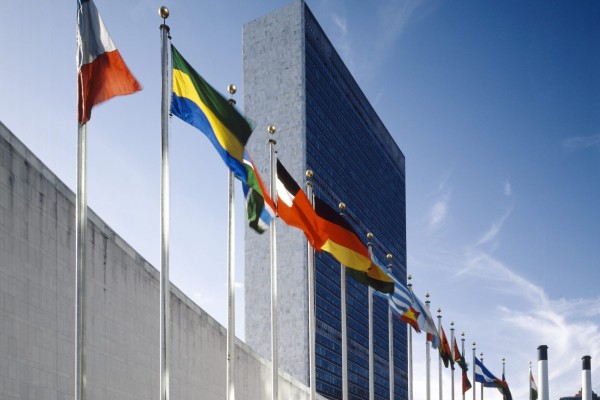
Nuclear Weapons
Nuclear weapons are the most dangerous weapons on earth. One can destroy a whole city, potentially killing millions, and jeopardizing the natural environment and lives of future generations through its long-term catastrophic effects. The dangers from such weapons arise from their very existence.
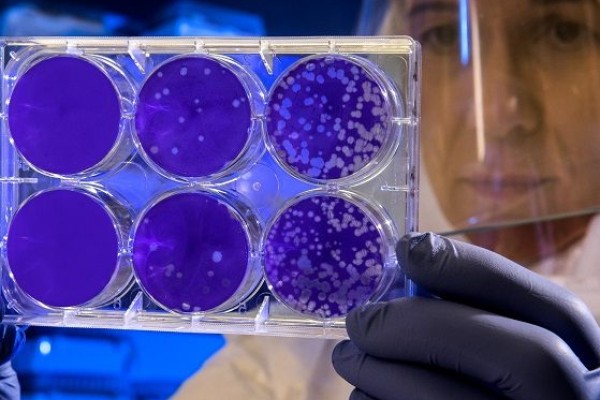
Biological Weapons
Biological weapons disseminate disease-causing organisms or toxins to harm or kill humans, animals or plants. They can be deadly and highly contagious. Diseases caused by such weapons would not be confined to national borders and could spread rapidly around the world.

Chemical Weapons
The modern use of chemical weapons began with World War I, when both sides to the conflict used poisonous gas to inflict agonizing suffering and to cause significant battlefield casualties. Such weapons basically consisted of well known commercial chemicals put into standard munitions such as grenades and artillery shells.
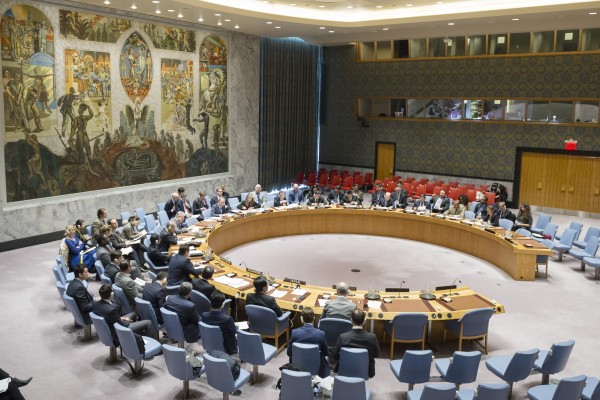
UN Security Council Resolution 1540
In resolution 1540 (2004), the Security Council decided that all States shall refrain from providing any form of support to non-State actors that attempt to develop, acquire, manufacture, possess, transport, transfer or use nuclear, chemical or biological weapons and their means of delivery, in particular for terrorist purposes.
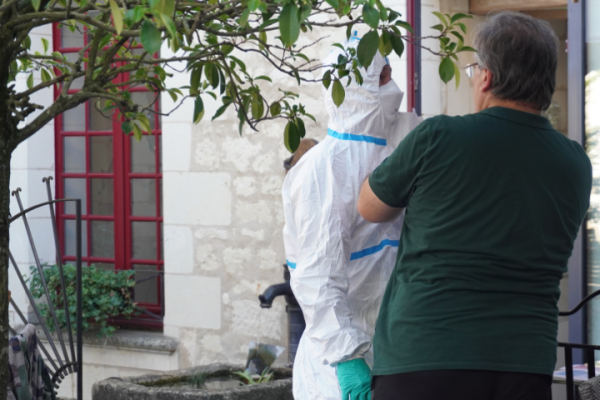
Chemical and Biological Weapons use investigation (UNSGM)
With resolution A/42/37 C (1987) the UN General Assembly established, and the Security Council reaffirmed with resolution 620 (1988), the Secretary-General’s Mechanism (UNSGM) to carry out prompt investigations in response to allegations of the possible use of chemical and bacteriological (biological) and toxin weapons that may constitute a violation of the 1925 Geneva Protocol or other relevant rules of customary international law.
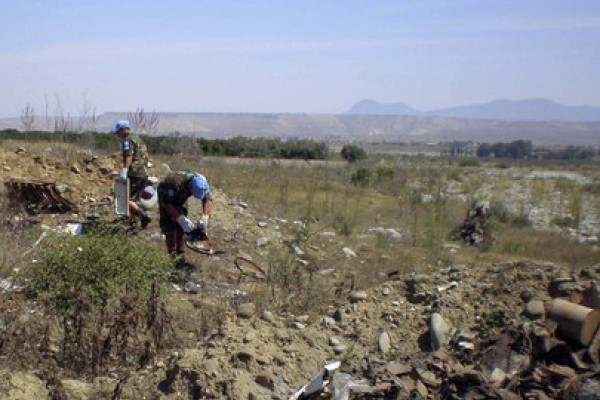
Environmental Modification Convention
The problem of artificial modification of the environment for military or other hostile purposes was brought to the international agenda in the early 1970s. In July 1974, USA and USSR agreed to hold bilateral discussions on measures to overcome the danger of the use of environmental modification techniques for military purposes and three subsequent rounds of discussions in 1974 and 1975.